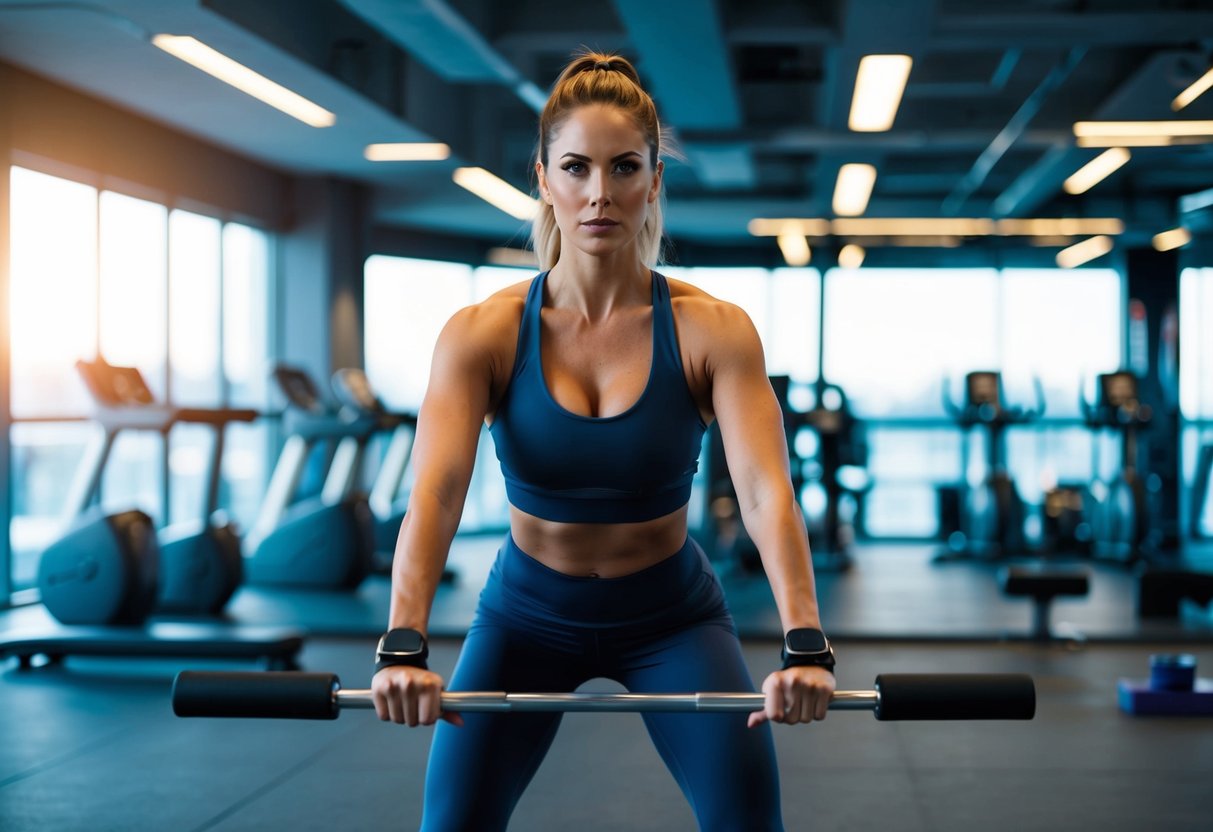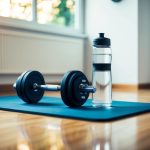
HIIT Equipment Recommendations
Choosing the right equipment can enhance a High-Intensity Interval Training session. Key items like resistance bands and kettlebells are integral to performing exercises effectively.
Essential Gear for a HIIT Session
A successful HIIT workout often starts with selecting the correct gear. Breathable, moisture-wicking fabrics are crucial for comfort and performance. Shoes with strong support and cushioning protect the feet during jumps and sprints. During sessions, a reliable fitness tracker can help monitor heart rate and ensure optimal intensity levels.
Accessories like a yoga mat or exercise mat are beneficial for protection against hard surfaces. Towels and water bottles are also vital to stay hydrated and manage sweat. Proper gear sets the foundation for a productive workout.
Using Resistance Bands and Kettlebells
Incorporating resistance bands and kettlebells adds diversity to a full-body workout. Resistance bands are highly versatile, offering various levels of resistance and being useful for exercises targeting different muscle groups. They’re lightweight and easy to carry, making them ideal for at-home or outdoor workouts.
Kettlebells, on the other hand, facilitate powerful workouts like kettlebell swings, which enhance cardiovascular fitness and build strength. They come in different weights, allowing users to gradually increase intensity. Using these pieces of equipment effectively maximizes the benefits of a HIIT routine, promoting strength, flexibility, and endurance.
Tailoring HIIT Workouts to Your Goals
Adapting HIIT workouts to fit specific goals involves adjusting intensity levels and focusing on targeted muscle groups. This helps optimize performance and achieve balanced fitness development.
Customizing Intensity and Durations
Selecting the intensity and duration of HIIT exercises is essential to align with individual fitness levels and objectives. Beginners should start with shorter intervals and moderate intensity, gradually increasing the pace as their stamina and coordination improve. More advanced participants can challenge themselves with longer high-intensity bouts to enhance endurance and overall performance.
Different exercises can also be chosen based on desired goals. For example, sprinting might be prioritized for cardiovascular improvements, while movements like burpees can benefit full-body conditioning. Adjusting rest periods between intervals also plays a crucial role, allowing adequate recovery to maintain form and prevent fatigue.
Targeting Different Muscle Groups for Balance
Incorporating a variety of exercises ensures all major muscle groups are engaged during HIIT sessions. This balance helps in achieving a full-body workout and prevents muscle imbalances. Workouts can include exercises targeting upper body, core, and lower body to develop strength and coordination evenly across all areas.
For instance, alternating between push-ups, planks, and squats ensures diverse muscle activation. By focusing on specific areas within each session, individuals can enhance muscle growth and overall fitness. Tailoring HIIT workouts to address different muscles also aids in recovery and reduces injury risk, as each muscle group is given adequate time to rest while still achieving comprehensive fitness results.



